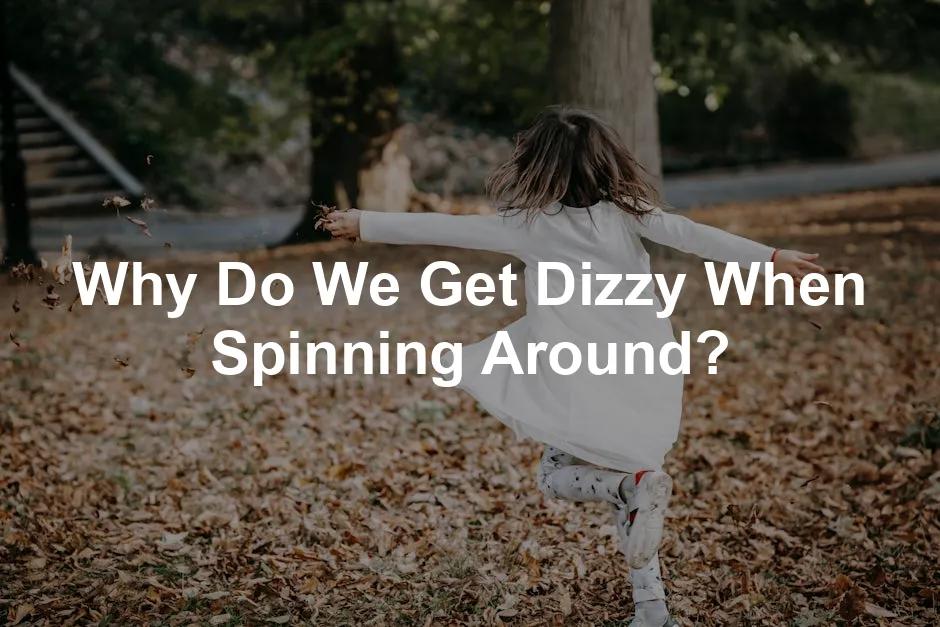
Why Do We Get Dizzy When Spinning Around?
Introduction
Dizziness is that funny feeling you get when the world suddenly seems to do the cha-cha while you’re trying to stay upright. Spin around a few times, and voilà! You might feel like you just stepped off the Tilt-A-Whirl, with your head spinning and your balance taking a vacation. This common phenomenon often occurs during playful activities like spinning, dancing, or even when riding amusement park rides.
Understanding dizziness is essential, especially since it can pop up in various everyday situations. Whether you’re twirling at a party or watching your kids enjoy the merry-go-round, knowing why dizziness happens can help you manage it. It’s not just a party trick—this knowledge is vital for athletes maneuvering in sports, where quick spins and rapid movements are part of the game.
In this article, we’ll break down the physiological mechanisms behind dizziness when spinning. By the end, you’ll not only know why you feel like you’re still moving after you’ve stopped, but you’ll also gain insights into how your body processes these dizzy spells. Hold onto your hats, because we’re going to spin through the science of dizziness!

Understanding Dizziness
What is Dizziness?
Dizziness is a term that encompasses a range of sensations. It can feel like lightheadedness, unsteadiness, or the world spinning around you. However, dizziness differs from vertigo, which is a specific sensation of spinning or movement when you’re actually still. Vertigo can make you feel like you’re on a roller coaster without the safety harness!
Common symptoms of dizziness include a feeling of faintness, a sense of imbalance, or even nausea. It’s a perplexing experience that can strike unexpectedly, often after rapid movements like spinning. Dizziness is more than just a playful inconvenience; it frequently occurs in high-speed sports, amusement park rides, or even when you get up too quickly from the couch.
Dizziness is prevalent in various contexts. For instance, athletes in fast-paced sports like gymnastics or figure skating often experience it due to their rapid movements. Similarly, thrill-seekers on roller coasters might find themselves dizzy after a thrilling ride. Understanding how and why this sensation occurs can help you manage it better, whether you’re in a competitive environment or enjoying a day at the fair.

The Science Behind Dizziness
The Vestibular System
The vestibular system is a fascinating part of our inner ear. It plays a crucial role in helping us maintain balance and detect motion. Imagine it as your body’s own GPS, constantly sending signals to your brain about your position and movement in space. This system consists of two primary components: the semicircular canals and the otolith organs.
Semicircular Canals
The semicircular canals are shaped like three interconnected tubes, each positioned at right angles to one another. Think of them as three roller coasters, each designed to detect movement in a different direction: up and down, side to side, and tilting. Inside these canals is a fluid known as endolymph.
When you turn your head, this endolymph doesn’t immediately move with you. Instead, it lags behind due to inertia, bending tiny hair cells embedded in a gelatinous structure called the cupula. This bending sends signals to the brain, informing it of your rotational movements. So, if you spin around, the fluid in these canals starts swirling, indicating to your brain that you’re on the move.

Otolith Organs
Now, let’s talk about the otolith organs. These organs are responsible for sensing linear acceleration and gravity. Inside them are tiny crystals of calcium carbonate, called otoliths, which rest on hair cells. When you move your head or change positions, gravity pulls on these crystals, causing them to shift. This movement stimulates the hair cells, sending messages to the brain about your head’s orientation.
Picture it like a small weight on a string that swings when you move. This system helps you sense whether you’re upright, lying down, or tilting in any direction. Together, the semicircular canals and otolith organs make up a remarkable system that keeps us balanced and aware of our movements.
The Mechanism of Dizziness During Spinning
Have you ever noticed how the world seems to spin when you stop after a whirlwind of twirling? That’s your vestibular system at work! When you spin, the endolymph inside the semicircular canals begins to move. As you continue to spin, the fluid catches up with your head movement, and your brain adapts to this new reality.
But here’s where it gets tricky. When you suddenly stop spinning, the endolymph keeps moving due to inertia. It’s like when you spin a glass of water; the water continues to swirl even after you stop turning the glass. This residual movement causes the hair cells to bend in the opposite direction, tricking your brain into thinking you’re still spinning.
Your brain receives conflicting signals: it knows your body is still, but the vestibular system is sending messages that suggest otherwise. This confusion leads to dizziness. It’s akin to getting off a merry-go-round and still feeling like you’re in motion—disorienting, to say the least!
To simplify this concept, think of a child spinning around with their arms outstretched, giggling with glee. When they stop, their world keeps spinning for a moment. This playful analogy captures the essence of how our inner ear’s fluid dynamics create the dizzy sensation we all know too well.
In summary, the combination of fluid movement, inertia, and conflicting signals from the brain leads to that dizzying feeling we experience after a spin. Understanding this intricate mechanism can help us navigate our dizzy spells with a bit more grace and humor!

Factors Influencing Dizziness
Dizziness isn’t a one-size-fits-all experience. Several factors play a role in how susceptible someone is to feeling dizzy when spinning. Let’s take a closer look at these influencers.
Individual Differences in Susceptibility
Age is a big player in the dizziness game. Younger folks might bounce back quickly from dizzy spells, while older adults may find themselves feeling unsteady for longer. This could be due to changes in the vestibular system or reduced sensory input as we age. Certain health conditions can also contribute. For instance, those with inner ear disorders or neurological conditions might find themselves feeling dizzy more often than their healthy counterparts.
Health conditions like migraines, anxiety, or even dehydration can exacerbate dizziness. If you’re already feeling faint or lightheaded, a little spin can send you into a dizzy tailspin. So, if you’re feeling a bit wobbly, maybe it’s best to skip the spin!
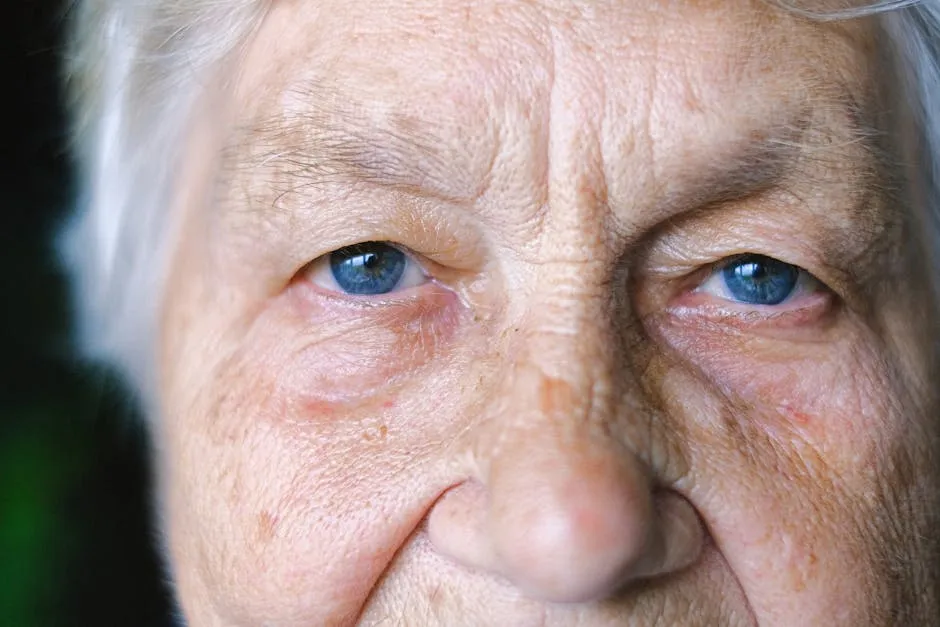
Previous Experiences and Adaptation
Ever notice how athletes seem to handle spins like pros? This isn’t just luck; it’s adaptation. Regular exposure to spinning can lead to a sort of training for the vestibular system. Dancers and figure skaters practice spins repeatedly, allowing their bodies to adjust. This adaptation reduces their susceptibility to dizziness.
For the average person, however, the body might not have that same level of training. If you’re not used to spinning, that quick whirl can leave you feeling a bit like a disoriented puppy. So, the next time you see someone effortlessly spinning on the dance floor, remember: they’ve likely trained their body to handle it!
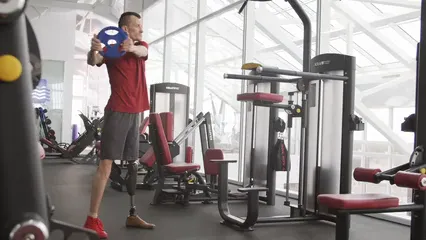
Environmental Factors
Believe it or not, your environment can also play a role in how dizzy you feel. Lighting and visual focus are key players. Bright, flickering lights can intensify dizziness, while dim lighting may help alleviate it.
When spinning, your eyes send vital information to your brain. If you focus on a single point while spinning, you can reduce the dizzy sensation. This is a technique used by many dancers and athletes. If you’re spinning and your gaze is darting around, it can confuse your brain even more, making you feel like you’ve just stepped off a roller coaster.
To sum it up, dizziness is influenced by a mix of personal health, experience, and environment. Next time you spin, consider these factors. Who knows? Maybe you can outsmart that dizzy feeling after all!

Coping with Dizziness
Techniques to Mitigate Dizziness
Now that we’ve unraveled the mystery behind dizziness, how can we manage it? Professionals like dancers and figure skaters have some tricks up their sleeves.
Spotting Technique
One major technique they use is called spotting. As dancers spin, they focus on a fixed point in the distance. This helps their brain maintain a sense of orientation. Just before their heads turn too far, they whip their heads around quickly to keep that focus. It’s like playing a game of “Where’s Waldo” in the midst of a spin!
Spotting helps to manage the conflicting signals that the brain receives. By keeping their eyes on a target, they can reduce dizziness significantly. So, if you find yourself feeling woozy after a spin, try this technique. Find a point to focus on, and keep your eyes locked on it!
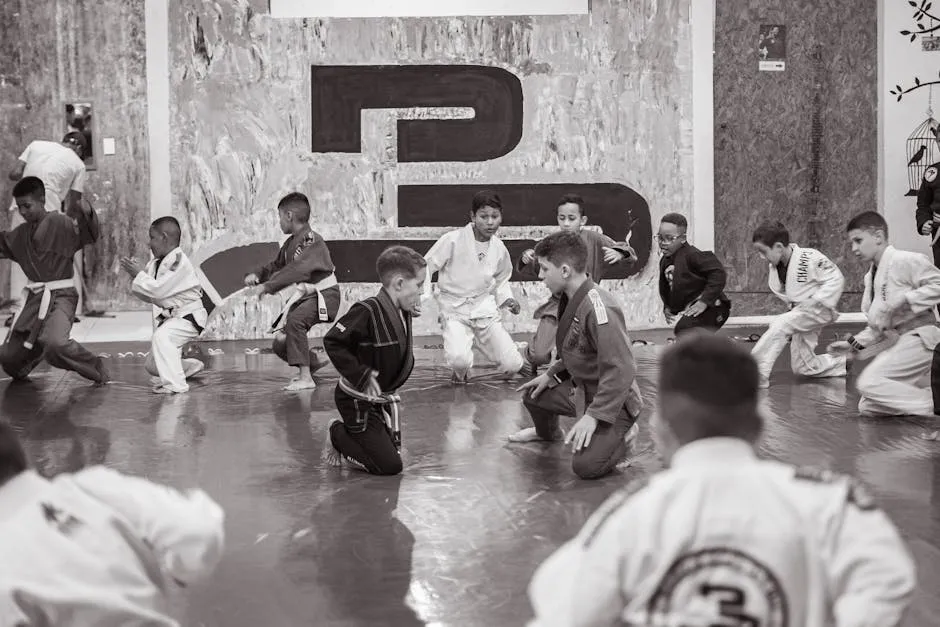
Tips for the General Public
For those of us who aren’t professionals, don’t worry! There are simple strategies to minimize dizziness. One effective method is to stop spinning gradually. Instead of an abrupt halt, slow down your spins. This allows your vestibular system time to catch up.
Grounding techniques can also help. If you feel dizzy, try standing still and focusing on your breathing. Grounding yourself in the moment can help your brain process the conflicting signals.
Another tip? Move your head slowly. Rapid head movements can trigger dizziness, so take it easy. And if you’re feeling particularly wobbly, sitting down can be a lifesaver.
In summary, while dizziness can be annoying, there are plenty of ways to cope. Whether you’re a dancer or just someone who enjoys a good spin, these techniques can help keep the world from spinning out of control!

When to Seek Medical Attention
Dizziness is often harmless, but in some cases, it can indicate a more serious condition. If dizziness is accompanied by severe headaches, vision changes, or difficulty speaking, it’s crucial to act swiftly. These symptoms could suggest a stroke or other neurological issues.
Another red flag is dizziness that persists or worsens over time. If you find yourself dizzy regularly, especially after minor movements, consult a healthcare professional. This could signal an underlying condition, such as an inner ear disorder or even cardiovascular issues.
Additionally, if dizziness occurs alongside symptoms like chest pain, shortness of breath, or fainting, seek immediate medical attention. These could be signs of a heart problem or other critical issues requiring prompt care.
When in doubt, it’s always best to consult a doctor. They can evaluate your symptoms, conduct necessary tests, and provide guidance tailored to your specific situation.

Real-Life Applications and Case Studies
Experiences of Athletes
Athletes often face unique challenges when it comes to managing dizziness during performance. For instance, figure skaters spin rapidly while executing intricate routines. Despite the dizzying speeds, many avoid feeling lightheaded thanks to training techniques. One popular method is spotting, where skaters fix their gaze on a specific point while spinning. This technique helps them maintain balance and reduce disorientation.
A study on elite gymnasts revealed that regular exposure to spinning helps them adapt their vestibular systems. Their brains learn to anticipate the sensation of dizziness, allowing them to perform complex spins without losing their composure. By practicing these movements repeatedly, athletes can condition their bodies to respond more efficiently, turning potential dizziness into mere muscle memory.

Dizziness in Everyday Life
Dizziness isn’t confined to athletes; it’s a common occurrence in everyday situations. Think of amusement parks and spinning games—many people have experienced that disorienting feeling after a ride. Parents often find themselves dealing with dizzy kids after a session on the merry-go-round.
To help children manage dizziness during play, caregivers can encourage them to take breaks and drink water. Sometimes, simply sitting down for a moment can help reorient their senses. If dizziness becomes persistent, it might be wise to limit how often they engage in spinning activities or consult a pediatrician.
Another tip is to remind kids to focus their gaze on a fixed point while spinning. This technique can help minimize the dizzy sensation, allowing them to enjoy their playtime without the unwelcome side effects. By being mindful of these strategies, parents can ensure that their children have a safe and enjoyable experience during their spins and twirls.

Conclusion
In this wild ride through the world of dizziness, we’ve unraveled the mystery of why spinning makes us feel like we’re starring in our own dizzy motion picture. From the role of our vestibular system to the significance of inertia, understanding the physiological basis behind this sensation is crucial. Remember, when we spin, the fluid in our inner ear continues to move even after we’ve stopped, leading to that pesky feeling of disorientation.
Knowing how our bodies react not only helps us enjoy spinning activities more but also equips us with coping strategies. Techniques like spotting can be game-changers, especially for dancers and athletes. So, the next time you find yourself feeling lightheaded after a spin, don’t panic! Use those coping techniques, and if dizziness becomes a frequent visitor, don’t hesitate to seek professional advice. Your body deserves it!
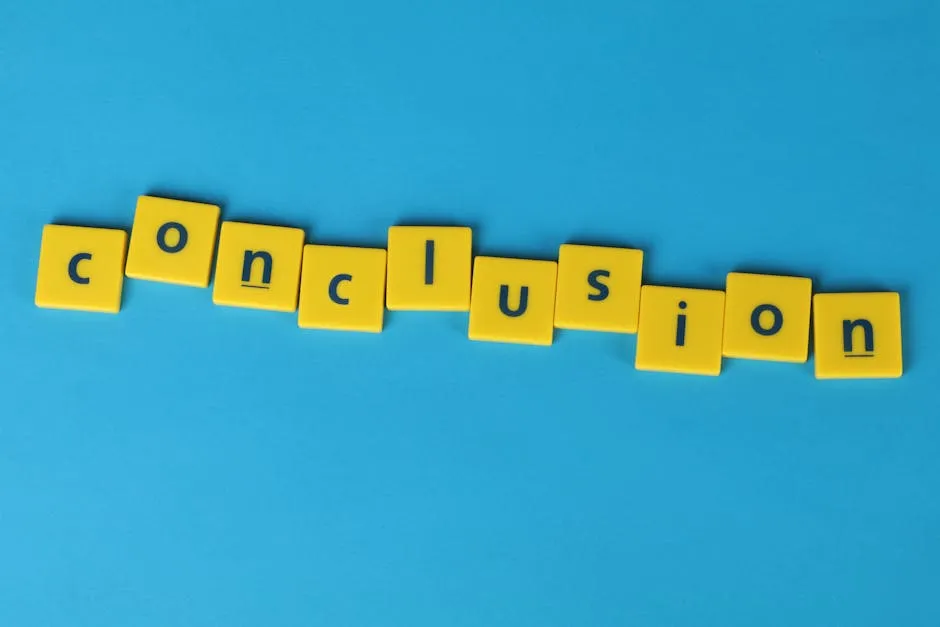
FAQs
Why do I feel dizzy even after a short spin?
Dizziness can hit hard even after a brief spin due to individual sensitivity. Each person’s vestibular system reacts differently. Some folks have more responsive inner ears, making them susceptible to dizziness. Factors like hydration and fatigue also play a role. So, if you feel like a spinning top after a quick whirl, you’re not alone!
Can dizziness be harmful?
While dizziness itself is often harmless, it can signal underlying issues. If dizziness is accompanied by severe headaches, vision changes, or difficulty speaking, it’s time to consult a medical professional. Persistent dizziness or falls can lead to injuries, so staying vigilant is key.
What other activities might cause dizziness?
Dizziness isn’t exclusive to spinning! Common culprits include roller coasters, fast head movements, and even quick turns while dancing. Athletes might also experience dizziness during high-intensity sports. The faster the movement, the greater the chance of feeling woozy afterward!
How can I train my body to reduce dizziness?
You can improve your vestibular function through specific exercises. Try balance training, like standing on one leg or using a balance board. Other techniques include gentle head movements and proprioceptive exercises, which enhance your body’s awareness of its position. Over time, your body will adapt, making dizziness less of an issue.
Is dizziness always related to the inner ear?
Not always! While the inner ear plays a significant role, dizziness can stem from various factors. Neurological issues, blood pressure changes, and even anxiety can contribute. If dizziness persists or is accompanied by unusual symptoms, a healthcare professional can help identify the root cause.
If you find yourself feeling dizzy often, you might want to consider using a Motion Sickness Band. These nifty little gadgets can help alleviate nausea and dizziness, especially during travel or after a fun day at the amusement park!
Please let us know what you think about our content by leaving a comment down below!
Thank you for reading till here 🙂
And hey, if you’re looking for something to enhance your relaxation after all that spinning, consider an Aromatherapy Essential Oils Set to help you unwind and settle down after your dizzy escapades!
All images from Pexels




